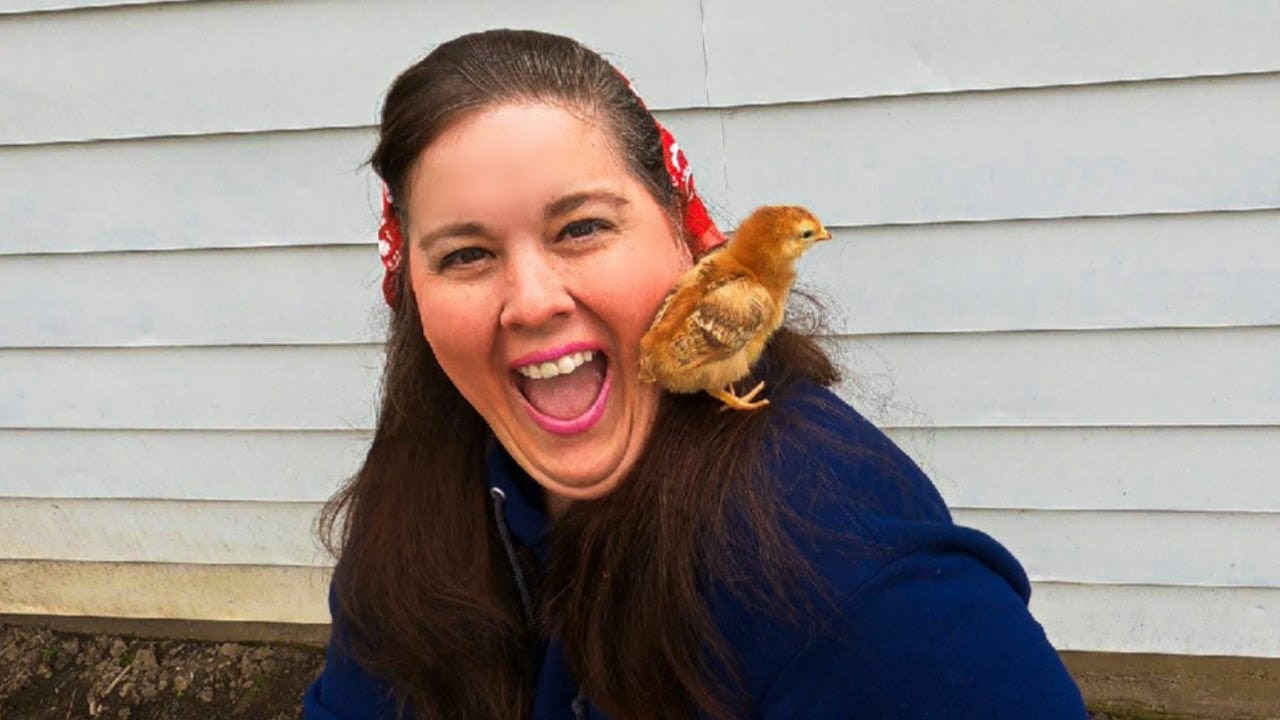Do Rhode Island Red chickens hatch as baby chicks?
Rhode Island Red chickens, like all chickens, do hatch as baby chicks. These domesticated birds are known for their hardiness and excellent egg-laying abilities. They are a popular choice among poultry farmers and backyard chicken enthusiasts. In this article, we will explore the characteristics of Rhode Island Red chickens, their life cycle, incubation period, hatching process, caring for the chicks, common issues during hatching, feeding requirements, development stages, and tips for successfully raising them.
Characteristics of Rhode Island Red chickens
Rhode Island Red chickens are medium to large-sized birds with a solid and muscular build. They have a deep red plumage, which is where they get their name from. These chickens have a single comb and wattles that are bright red. They have yellow legs and a fairly calm temperament. Rhode Island Reds are known for their excellent egg-laying capabilities, producing large brown eggs almost year-round. They are also adaptable to various climates and can thrive in both cold and hot weather conditions.
The life cycle of Rhode Island Red chickens
The life cycle of Rhode Island Red chickens begins with the hatching of the eggs. Once hatched, the chicks go through different developmental stages, growing into pullets and eventually mature hens. The hens then start laying eggs and continue to do so for several years. As the hens age, their egg production may decrease, and they may eventually be retired from laying.
Incubation period of Rhode Island Red chickens
The incubation period of Rhode Island Red chickens is approximately 21 days. During this period, the fertile eggs are kept in a controlled environment with consistent temperature and humidity levels to ensure successful hatching. The eggs are turned several times a day to prevent the embryos from sticking to the shell and to ensure even development.
Hatching process of Rhode Island Red chickens
The hatching process of Rhode Island Red chickens begins when the chicks start to pip, or make small cracks, in the eggshell using their egg tooth. This process can take several hours or even a day. Once the chicks have fully pipped, they will gradually emerge from the shell. It is important not to assist the chicks during this process, as they need to fully absorb the yolk sac for nourishment and strength.
Caring for Rhode Island Red chicks
Caring for Rhode Island Red chicks is crucial to their health and well-being. Upon hatching, they should be kept in a warm and clean brooder with a heat source to maintain a temperature between 90-95°F (32-35°C) for the first week, gradually decreasing by 5°F (3°C) each week. The brooder should also be well-ventilated and provide enough space for the chicks to move around. Fresh water, chick feed, and a clean bedding such as pine shavings should be provided.
Signs of healthy Rhode Island Red chicks
Healthy Rhode Island Red chicks exhibit certain signs. They should be active, alert, and have a good appetite. Their feathers should be clean and dry, and their vents (rear end) should be clean and free from pasty buildup. Additionally, their eyes should be bright, and they should be vocalizing normally. Any signs of lethargy, diarrhea, abnormal breathing, or other abnormalities should be promptly addressed by a veterinarian.
Common issues during Rhode Island Red chick hatching
There are a few common issues that may arise during Rhode Island Red chick hatching. Some chicks may experience difficulty hatching due to factors such as improper egg turning, improper humidity levels, or genetic abnormalities. In some cases, chicks may hatch with deformities or require assistance to fully emerge from the shell. It is important to monitor the hatching process closely and provide necessary assistance when needed.
Feeding requirements of Rhode Island Red chicks
Rhode Island Red chicks require a well-balanced diet to support their growth and development. A commercial chick starter feed with a protein content of around 18-20% is recommended for the first 6-8 weeks. This feed should be provided in a clean feeder, and fresh water should always be available. As the chicks grow, they can transition to a grower feed until they reach maturity. It is important to follow the feeding instructions on the feed packaging and avoid overfeeding.
Development stages of Rhode Island Red chicks
Rhode Island Red chicks go through several development stages. After hatching, they enter the brooding stage, where they rely on heat and protection from the brooder. Around 6-8 weeks of age, they enter the growing stage, during which their feathers grow and they become more independent. At around 18-20 weeks, the pullets reach sexual maturity and may start laying eggs. The development stages continue until the hens reach full maturity, which can take around 6-8 months.
Tips for successfully raising Rhode Island Red chicks
Raising Rhode Island Red chicks successfully requires careful attention and proper management. Some tips for success include providing a clean and suitable brooder environment, maintaining proper temperature and humidity levels, ensuring a well-balanced diet, regular monitoring for any health issues, and providing appropriate socialization and enrichment opportunities. Regular veterinary check-ups and consulting reliable sources for guidance can also contribute to raising healthy Rhode Island Red chicks.
Conclusion: Raising Rhode Island Red chicks
Raising Rhode Island Red chicks can be a rewarding experience for poultry enthusiasts. These hardy and productive chickens bring joy to many backyard flocks and provide a constant supply of delicious brown eggs. By understanding their characteristics, life cycle, incubation period, hatching process, and care requirements, individuals can successfully raise healthy and thriving Rhode Island Red chickens from hatching to maturity. With proper management and attention, these birds can be a valuable addition to any poultry venture.





